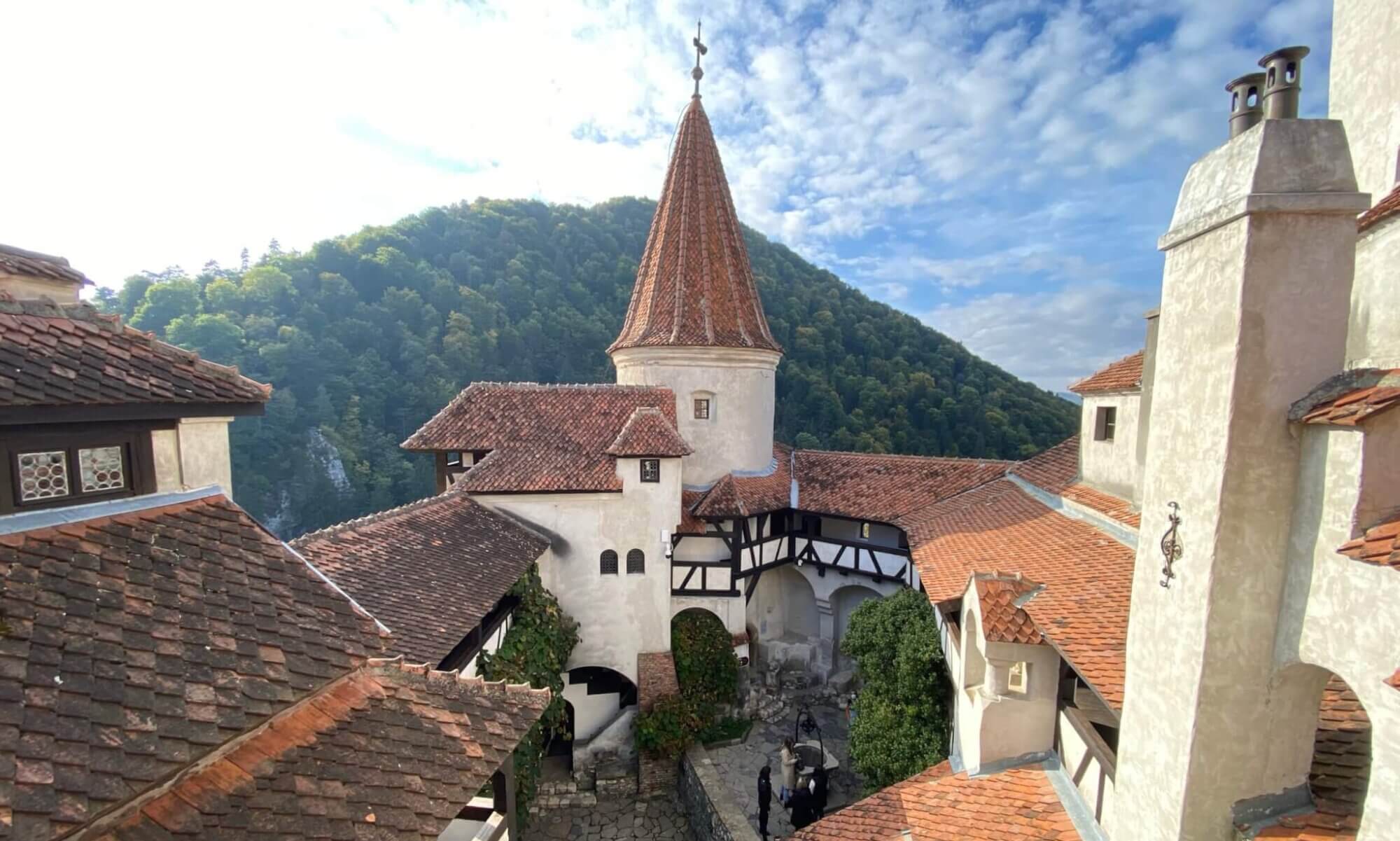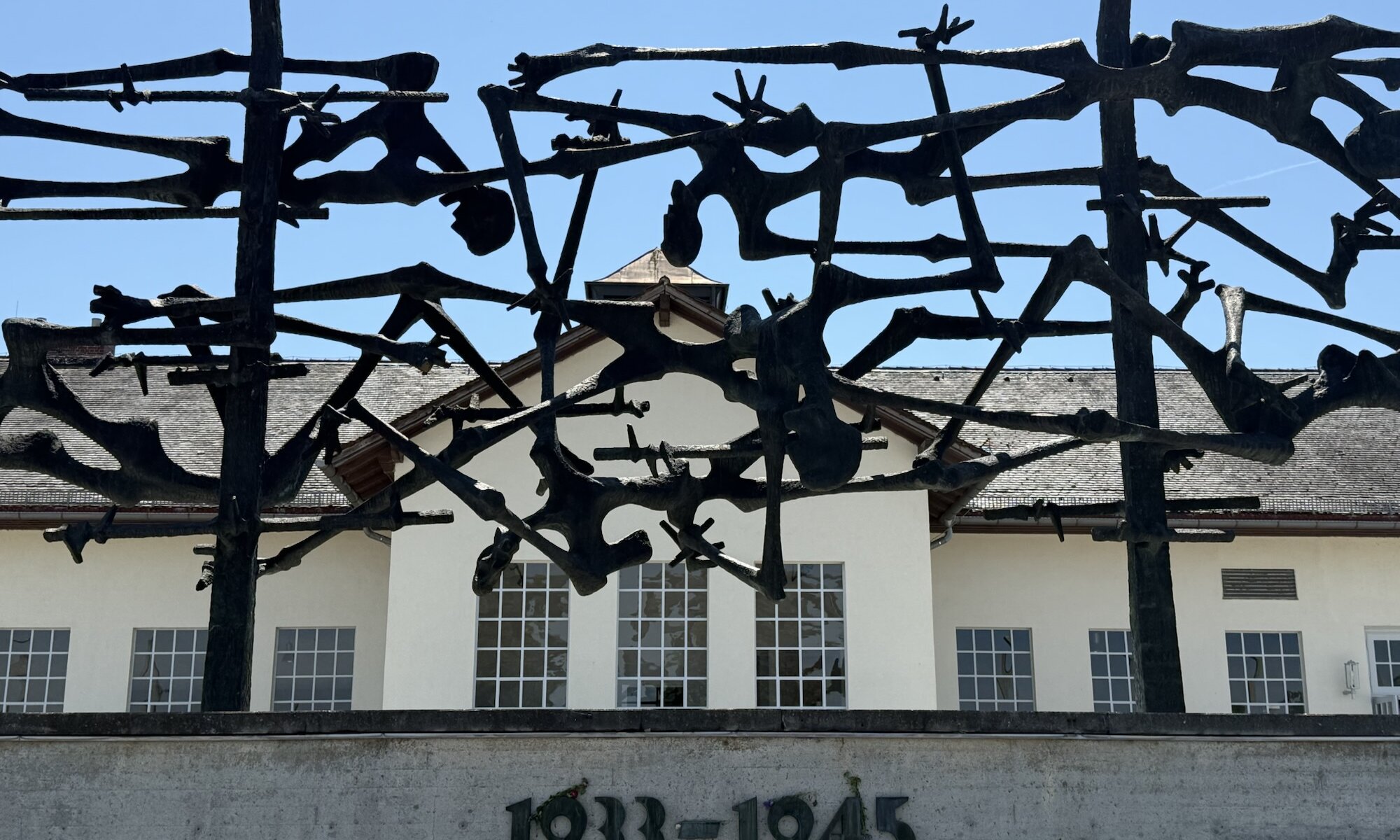The Konzentrationslager Dachau, located just outside München, was the first Nazi concentration camp established in 1933. Originally designed to hold political prisoners, especially Communists and Socialists, its brutal regime soon expanded its targets to include Jews, Roma, homosexuals, Jehovah’s Witnesses, and prisoners of war from various nations. Dachau became infamous as the model on which other camps were based and as a training ground for SS camp guards, making it a key site in the Nazi repression apparatus. The conditions and systematic cruelty left thousands dead and countless more scarred.
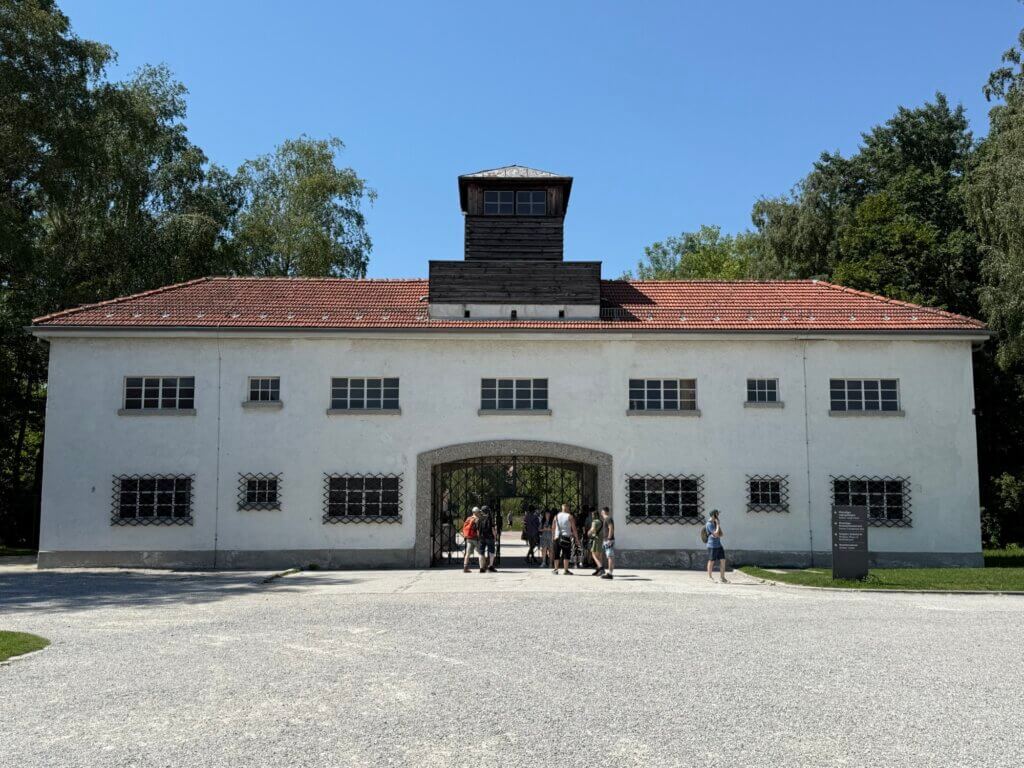
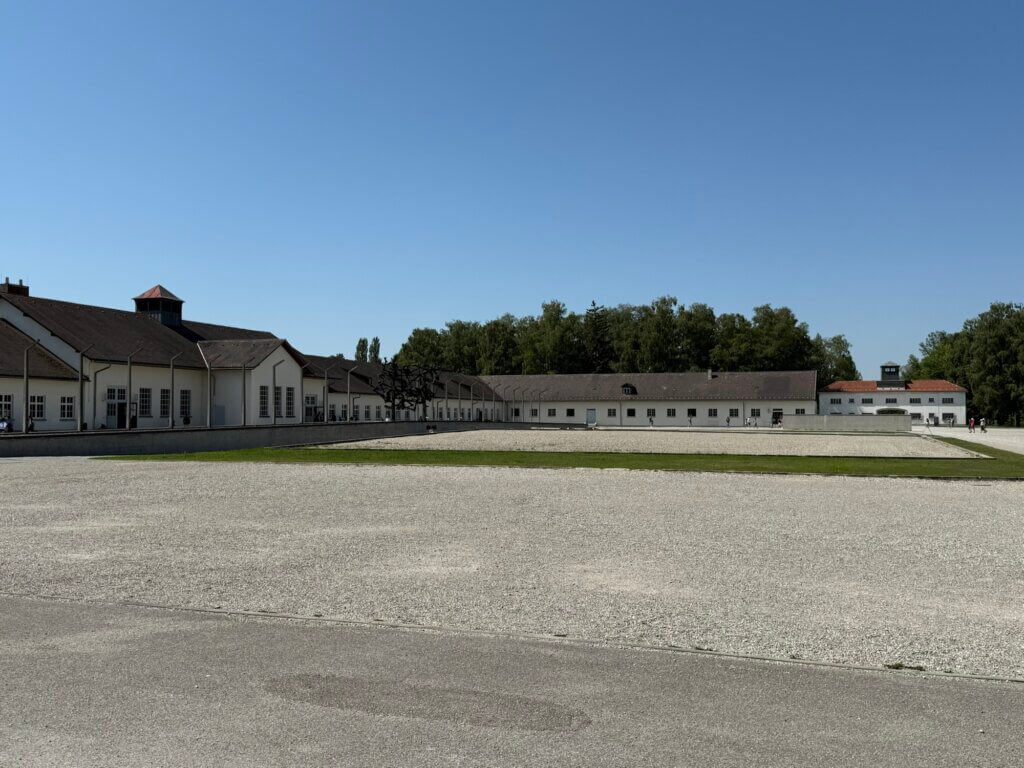
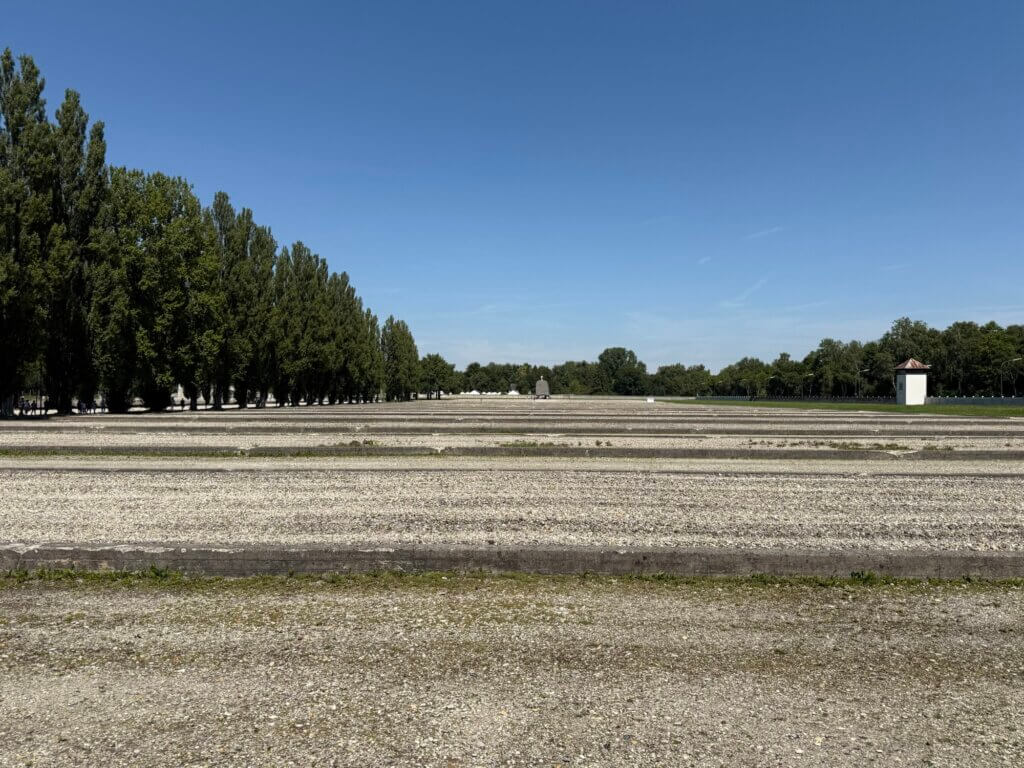
Today, when you visit Dachau, you witness the sheer scale of the camp – its vast grounds laid out in stark clarity. While all the original barracks were demolished after the war, you can still see their shapes marked clearly on the ground, giving a sense of the camp’s organisation and scale. The camp gate with its chilling inscription ‘Arbeit macht frei‘ and the crematory complex are amongst the few structures that remain as authentic witnesses to the past. The two barracks you can enter are accurate reconstructions, built to illustrate how prisoners lived and suffered. The broad, open area where the barracks once stood is deeply evocative.
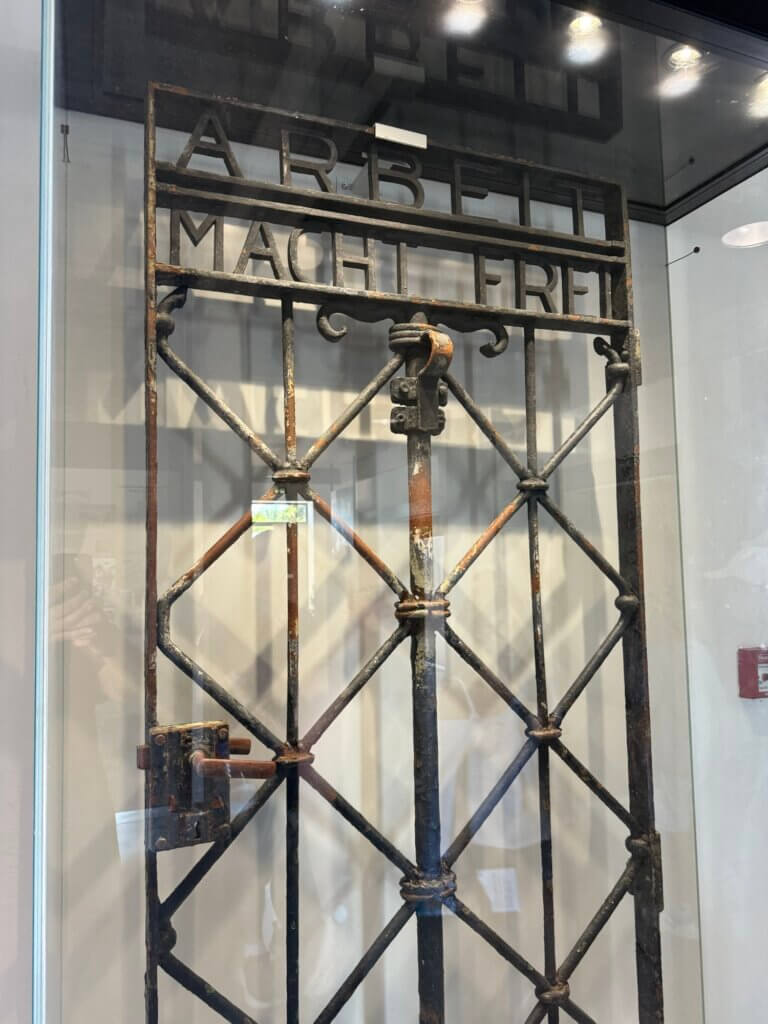
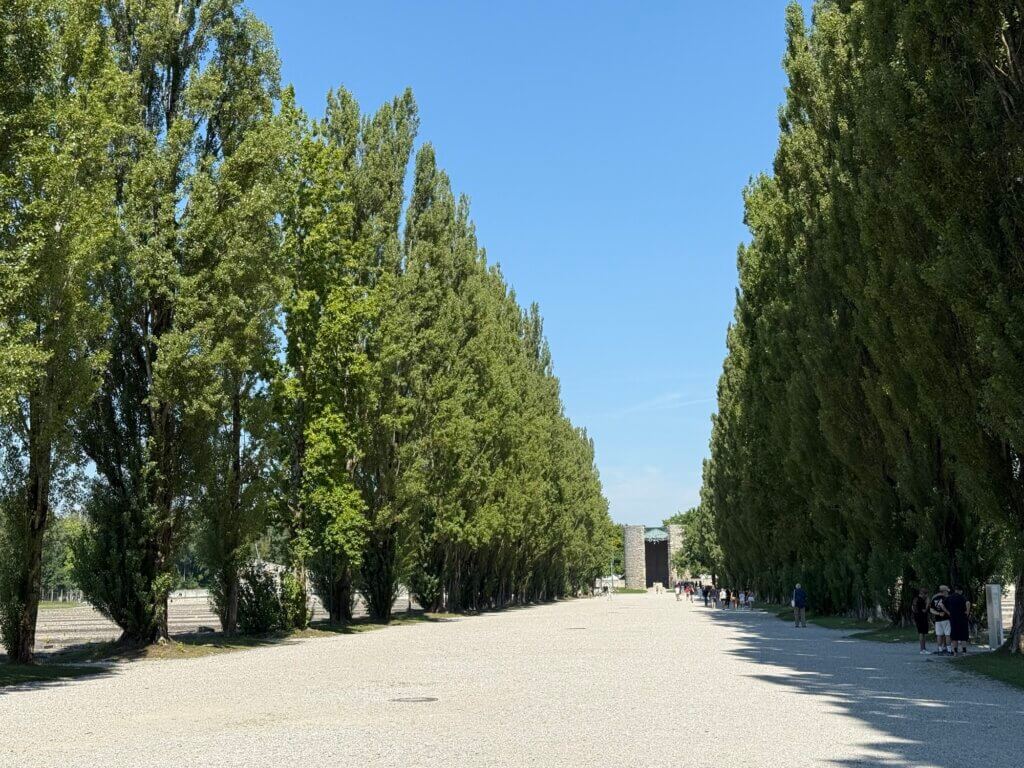
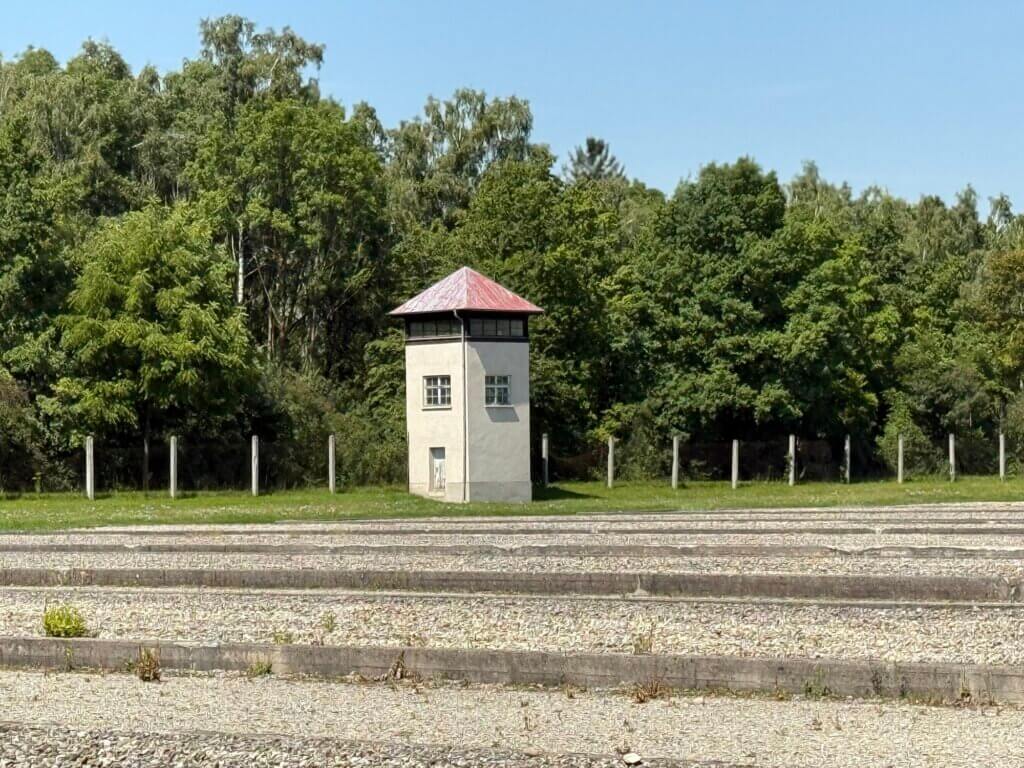
A comprehensive exhibition fills the camp’s former maintenance building, providing context, testimony, and artefacts that transform the site into a place for remembrance and learning. One poignant element of the display is the camp gate itself – having been stolen in 2014, it was recovered in Norway two years later. Its journey and the story behind its theft and recovery now form part of the memorial’s narrative, reinforcing the continued international significance and resonance of Dachau’s history.
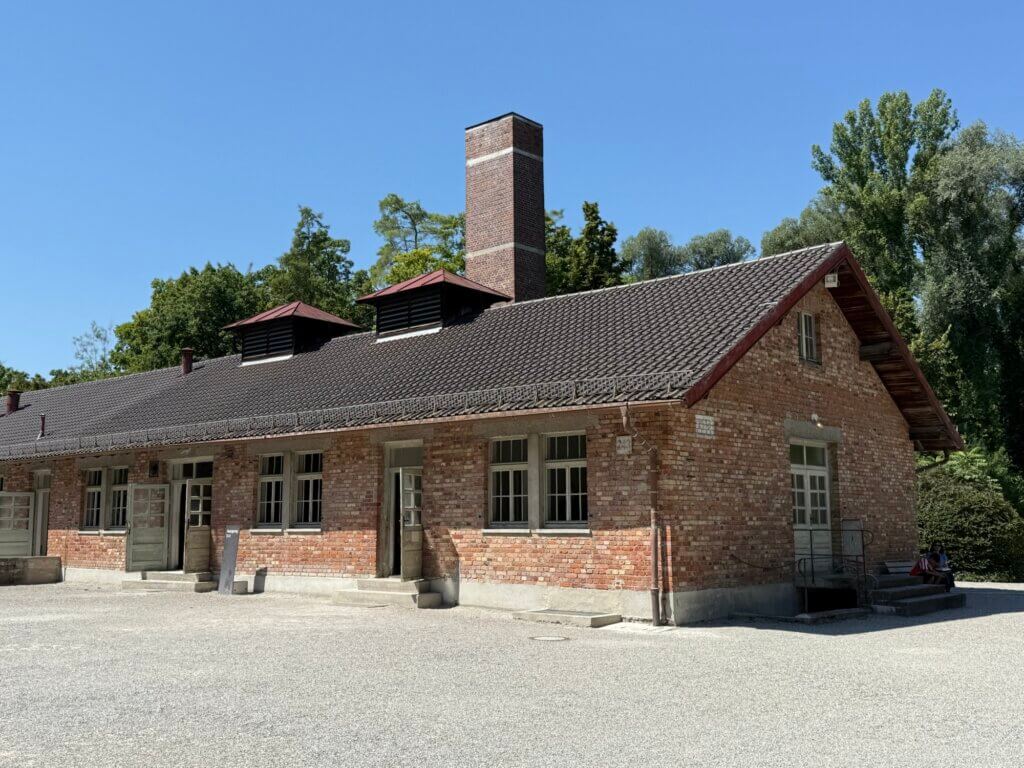
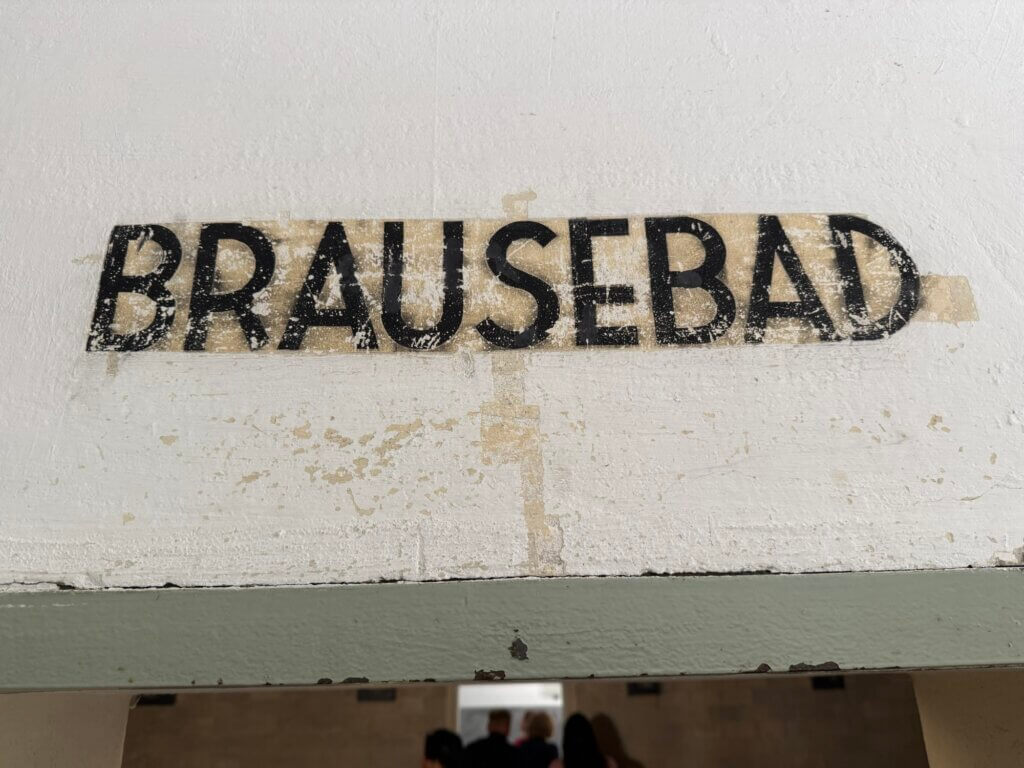
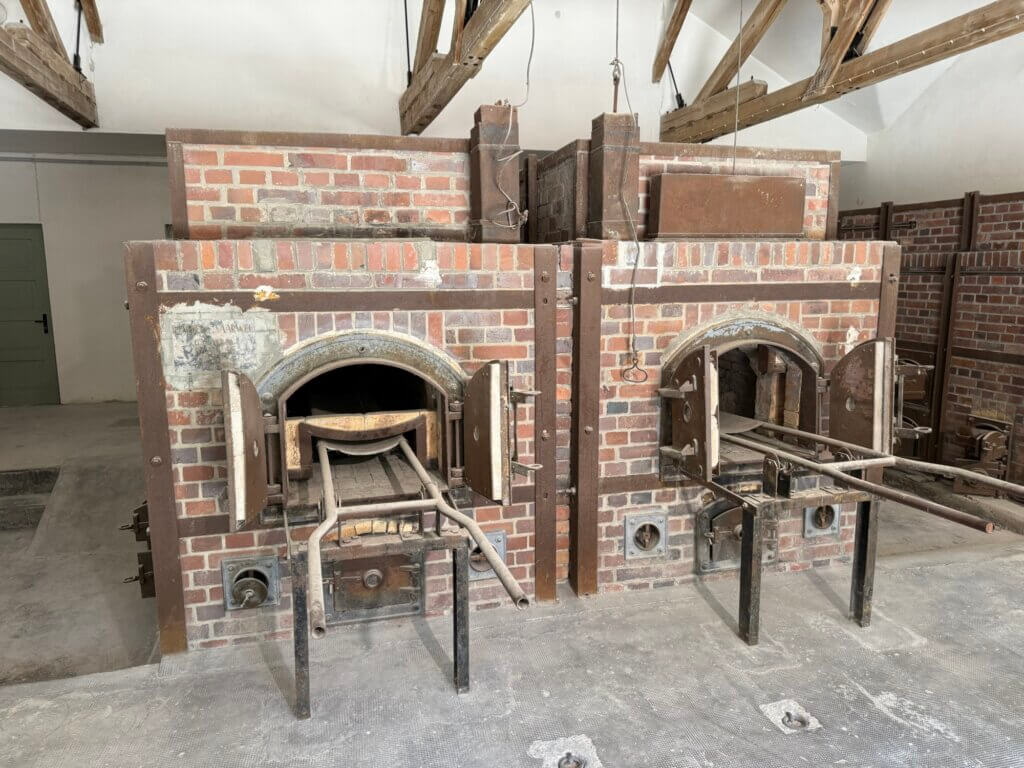
One should know that the memorial’s atmosphere can feel rather awkward in places, due to the presence of several religious buildings erected on the site after the war: Christian chapels, a Jewish memorial, and a Russian Orthodox church all share the grounds once marked by terror and loss. If you plan to visit, the site is easily accessed: simply take the S-Bahn from München Hauptbahnhof to Dachau station, then continue on bus 726, which delivers you conveniently to the entrance of the memorial. The journey mirrors the path many took decades earlier, but today it brings you to a place of reflection and education rather than imprisonment.
Gedenkstätte Konzentrationslager Dachau
Dachau
Germany
https://www.kz-gedenkstaette-dachau.de
Loading map...

